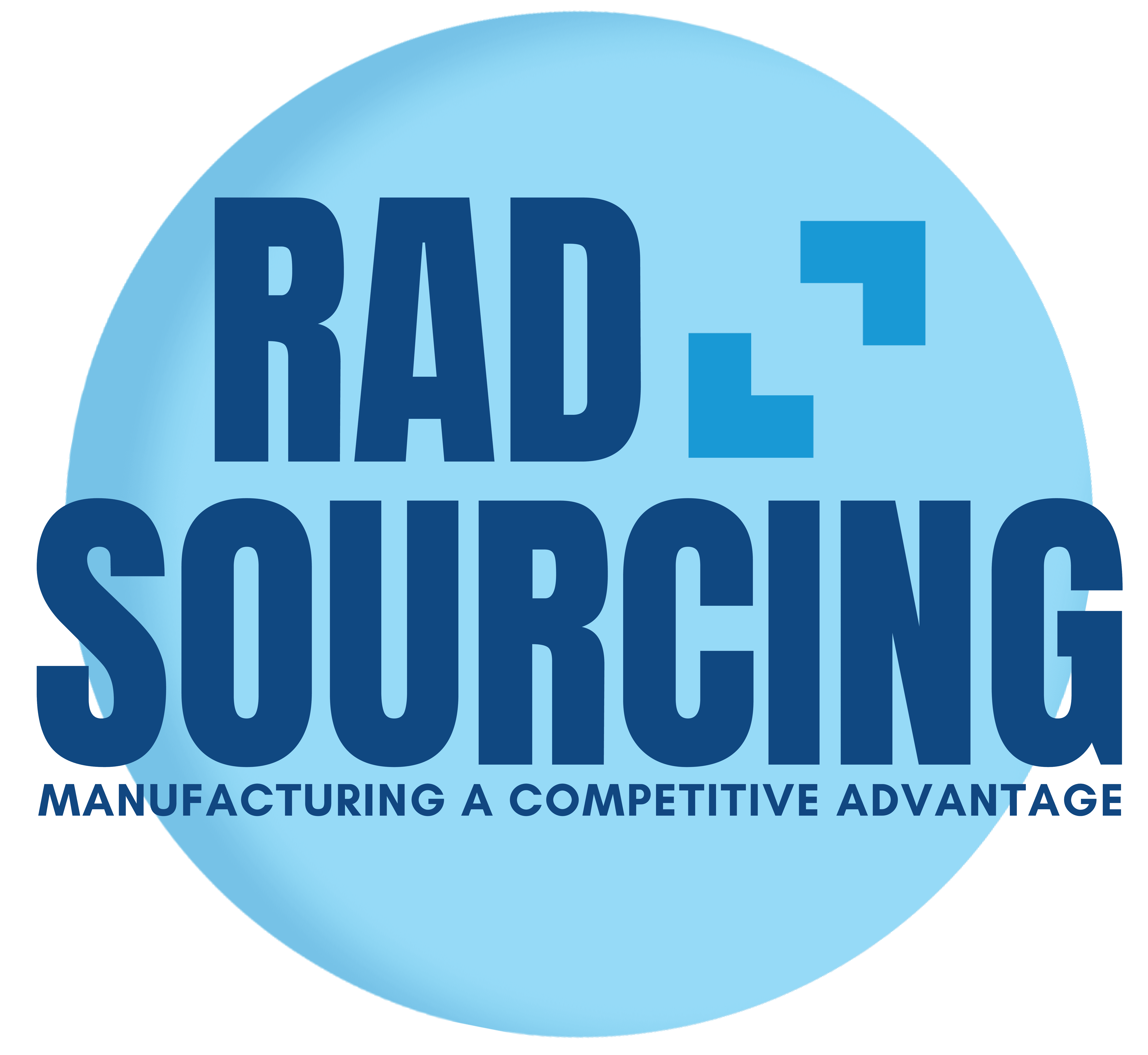Hello, and welcome back to Rad Sourcing. Today, we will be discussing how to design for manufacturability.
When deep in the design process, it’s easy to focus on creativity and aesthetics. But the reality is, not every beautiful design is easy—or even possible—to produce at scale. That’s where manufacturability comes in.
Designing for manufacturability (DFM) means considering the production process from the beginning. It’s about making smart design decisions that minimize production issues, reduce costs, and maintain quality—all while staying true to your brand vision.
Here’s what factories wish you knew before sending over your tech pack.
First, Some Design Elements Are Expensive for a Reason. Factories often receive designs with features that look great but are complex.

Some examples include:
- Intricate embroidery in hard-to-reach areas
- Custom hardware that’s difficult to source
- Uncommon seam styles or dye techniques
Here is what to do instead. Ask your manufacturer early on which design elements significantly increase time or cost. Sometimes, a minor tweak can simplify production while keeping your vision intact.
Fabric Selection Affects Everything
Choosing the right fabric isn’t just about feel and drape. When reviewing your design, factories consider fabric stretch, shrinkage, dye absorption, and more.
An example would be a boxy silhouette designed for stiff cotton won’t behave the same way if you swap in a rayon blend. Here is what to do instead: confirm your design works with your chosen fabric through sampling and open communication with your factory or sourcing agent.
Overly Complicated Tech Packs Slow Everything Down
A detailed tech pack is essential, but overloading it with options, unclear sketches, or conflicting measurements can delay production.
What to do instead: Be precise, but concise. Include only final decisions, not brainstorming notes. Use labeled, high-resolution visuals and avoid last-minute changes after sampling has started.
Not Every Factory Can Do Everything
Factories specialize. A sportswear factory might excel at flatlock stitching and technical knits, while a high-fashion cut-and-sew workshop is better for blazers or dresses. Here is what to do instead: Choose your manufacturing partner based on your product category. When in doubt, ask for examples of similar products they’ve produced.
Samples Are the Best Feedback Loop
Even with the perfect tech pack, first samples rarely come out flawless. That’s okay. Treat samples as collaborative prototypes. Adjust based on fit, finish, and factory feedback.
What to do instead: Build in time for multiple rounds of sampling. Keep your factory in the loop if you’re testing fit on real bodies.

Final Thoughts
The most successful apparel brands understand that design and manufacturing are not separate steps—they’re two sides of the same coin. The more production-aware your designs are, the smoother your launch will be.
At Rad Sourcing, we bridge that gap—connecting inspired ideas with real-world manufacturability. Let’s build something beautiful and practical. Contact us at radsourcing.com. Thank you for watching!
